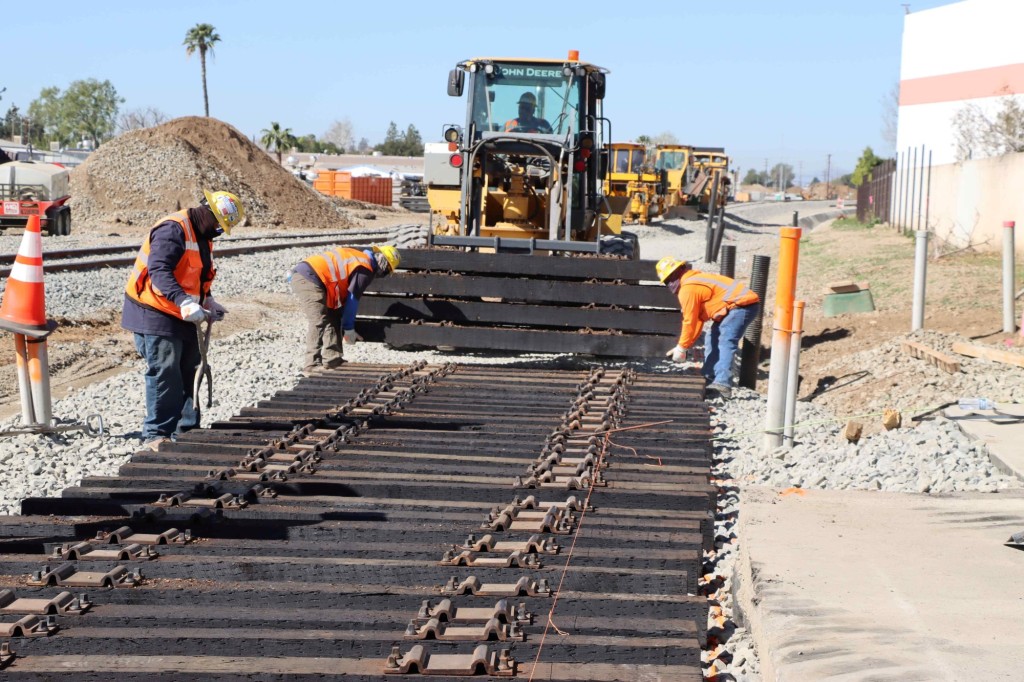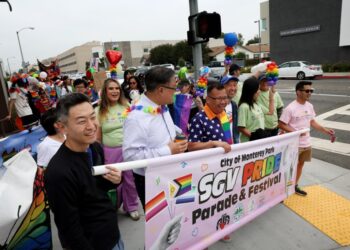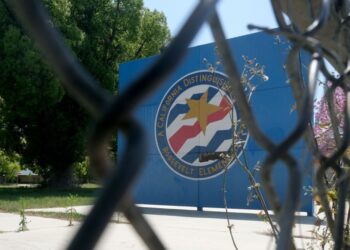Despite a request for documents, the answers to why some Southern California rail projects got funded from a surplus administered by the California State Transportation Agency (CalSTA), and why others were shut out, remain shrouded in secrecy.
In response to a Feb. 14 public records request to CalSTA from The Los Angeles Daily News seeking documents that explained the process, the agency cited exemptions in the state public records law and did not provide information about the rail funding process.
The request asked for documents explaining why 16 transit projects in the state were awarded $2.5 billion in grants for construction, while other applications submitted with high hopes were not funded.
In Los Angeles County, the two non-recipients were the L (formerly Gold) Line 3.2-mile extension from Pomona into Montclair in San Bernardino County (which sought $798 million) and the West Santa Ana Branch (WSAB) light-rail from Artesia to downtown Los Angeles (which sought $500 million).
“There’s no question there is compelling public interest here,” said David Loy, legal director of the First Amendment Coalition, a group that advocates for open government and the public’s rights.
A subsequent request by this newspaper to Caltrans for a report from the Caltrans Department of Rail and Mass Transportation (DRMT), which reportedly helped make decisions on which projects got funding, also came up empty. “The department does not have any meeting minutes, video, etc., related to your request,” wrote Caltrans senior media officer Edward Barrera in an emailed response.
At first, CalSTA did not provide relevant materials. One requested item was a rating sheet to see how the agency viewed each project’s worthiness. When pressed, CalSTA released a 2018 document that showed a group rating for five projects submitted by LA Metro that included the WSAB and the Gold Line to Montclair, plus three others: East San Fernando Valley Transit Corridor (ESFVTC), Green Line…
Read the full article here







